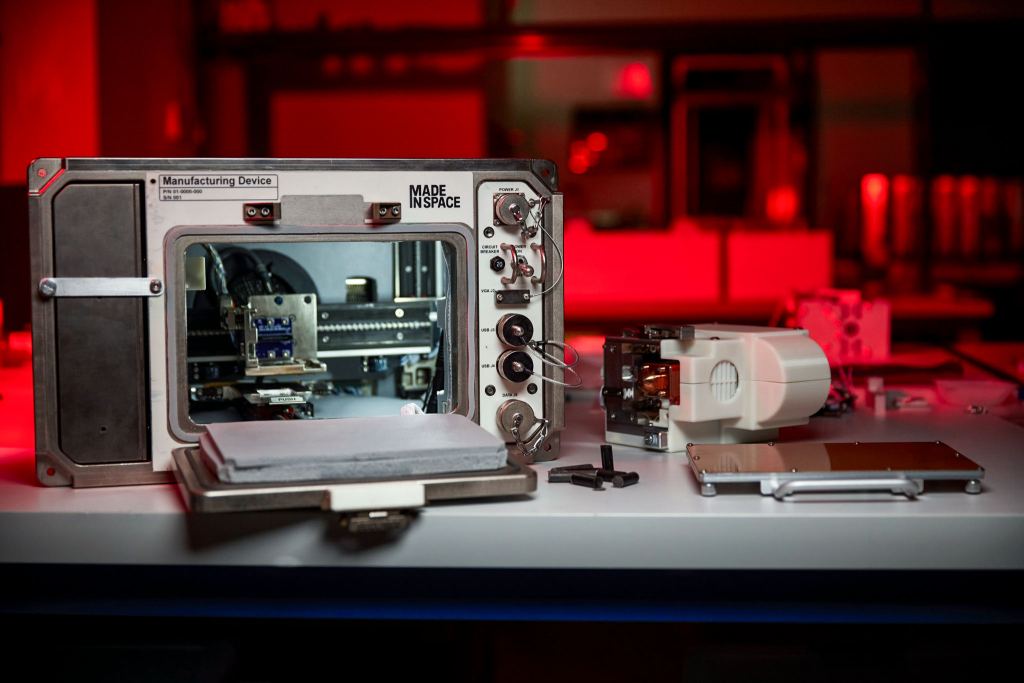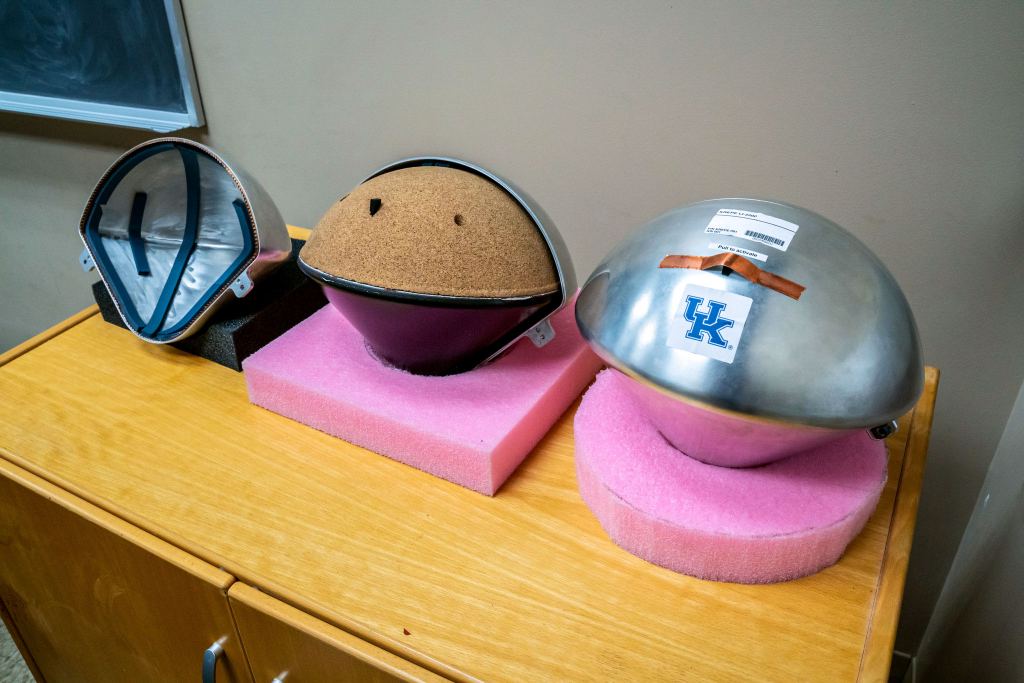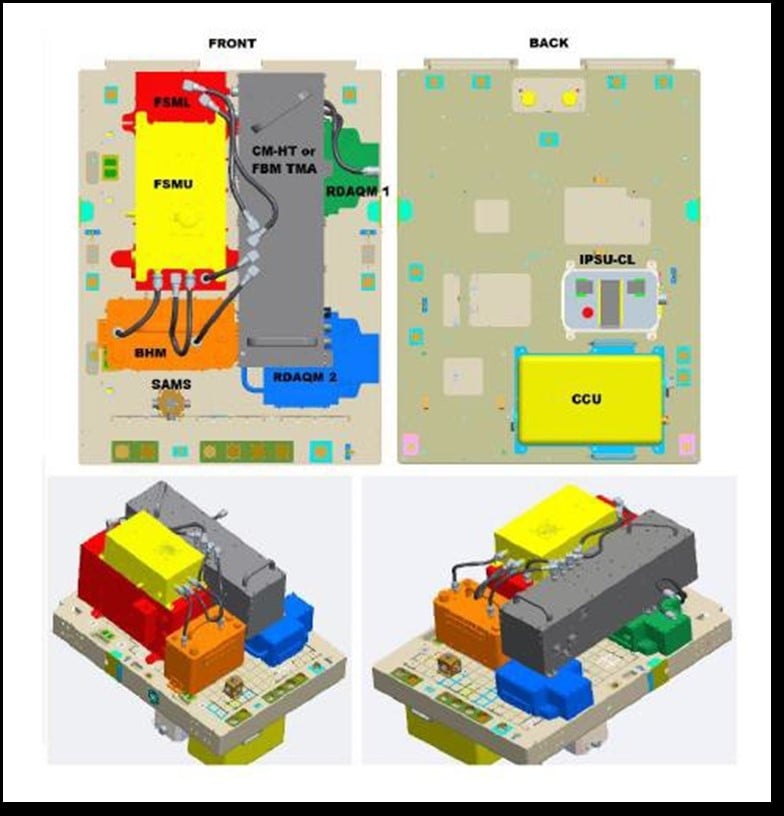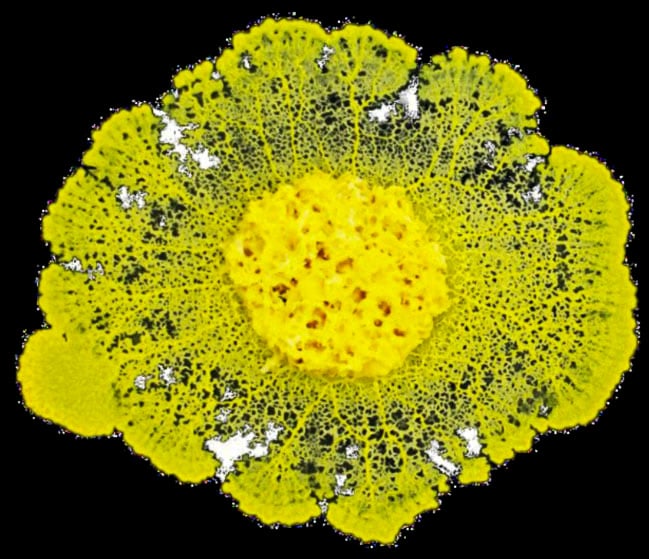One of the reasons the ISS is still alive and kicking is that it offers a unique environment for testing that is available nowhere, either on the Earth or off of it. Plenty of science experiments want to take advantage of that uniqueness. This week, a fresh crop of experiments was delivered to the ISS aboard a Northrop Grumman Cygnus resupply craft. They range from 3D printers to a high school science experiment with mold, and now they each have the opportunity to make use of the ISS's microgravity environment.
The 3D printer experiment is most likely to affect one of NASA's big pushes - the Artemis program. The space station that serves as a backbone of that program would benefit immensely from a 3D printer using regolith as its printing feedstock. That is exactly what the Redwire Regolith Print (RRP) project is hoping to demonstrate.
RRP will operate in conjunction with ManD, a 3D printer already housed on the ISS, and will consist of several extruders and print beds specifically designed for use with regolith. The project will first prove that it is even capable of using regolith as a feedstock. If successful, it will then move on to testing the strength of the printed materials using a battery of ASTM standards used to characterize 3D printing materials.
One thing that RRP won't be printing in space in muscles, but those are the focus of a second experiment that was on board the Cygnus craft - Cardinal Muscle. This experiment attempts to use the accelerated muscle loss experienced in microgravity as a testbed for sarcopenia - the more traditional muscle loss experienced on Earth as people age. Cardinal Muscle's leaders hope that using the microgravity environment might speed the development of potential drugs to alleviate this long-term condition back on Earth.
Getting back to Earth is the focus of a third experiment in the cohort - the Kentucky Re-Entry Probe Experiment (KREPE). KREPE is essentially a low-cost way of gather flight data for a thermal protection system (TPS), the likes of which are in use on every craft that plans to make a controlled reentry into the Earth's atmosphere. While not a protection system, KREPE allows researchers to inexpensively collect vital data that could help design a better TPS, which is extraordinarily important to the continued viability of space exploration.
Another necessary feature of space exploration is thermal management, which is addressed by the Flow Boiling and Condensation Experiment (FBCE) - another experiment making its way to the ISS. Thermal management systems come in two flavors - a "single-phase" system, which involves a coolant going through only a single phase change (i.e., liquid to gas), and a "two-phase" system where the coolant instead undergoes two-phase changes (i.e., solid to liquid and liquid to gas). So far, little is known about how a two-phase system would work in microgravity - a hole that FBCE hopes to fill.
Getting rid of CO2 ranks right up there with getting rid of heat on crewed missions, at least. That is where the Four Bed CO2 Scrubber hopes to shine. An upgrade to the existing CO2 scrubber in the ISS, this new model features upgraded mechanics and a new, novel sorbent to capture the CO2 expelled by the resident astronauts. It can either eject that CO2 outside that station or use it to create water.
Water, being the key to all life as we know it, is a necessary component of the final experiment. Known as " Blob ", this student-based study allows children 10-18 to track a slime mold as it goes about its business on the ISS. The mold, known as *Physarum polycephalum*, is capable of learning and adapting, which it will have to do in order to survive in its new microgravity environs. Its every movement will be tracked on video as well, hopefully producing some amazing videos of the mold moving slowly across its growth media.
No matter how slowly it goes over its media, it will still be hurtling along at over 4 miles a second onboard the ISS. With this latest crop of experiments, the space station continues to prove its usefulness and maintains its status as one of the most unique places to do science in the solar system.
Learn More:
NASA - NASA Science, Cargo Launches on Northrop Grumman Resupply Mission
NASA - Overview for Northrop Grumman's 16th Commercial Resupply Mission
NG - Meet NG-16: The S.S. Ellison Onizuka
Space.com - Northrop Grumman will launch a Cygnus cargo ship to the space station today. Here's how to watch live
Lead Image:
Onlookers watch the Cygnus resupply craft launch on August 10th, 2021 at NASA's Wallops Flight Facility.
Credit - NASA / Joel Kowsky
 Universe Today
Universe Today




